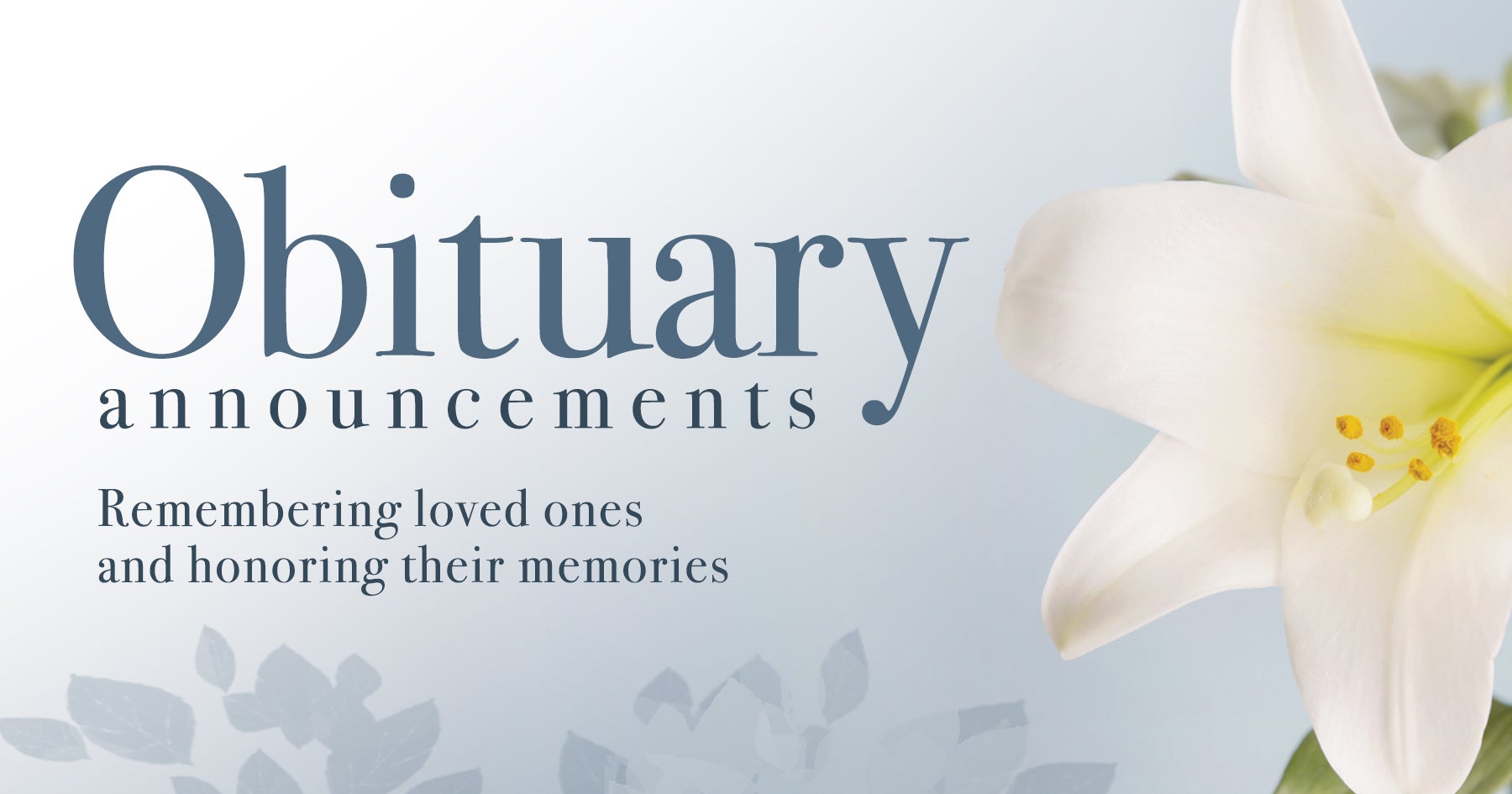Healthcare authority seeks 3-mill property tax to fund local hospital
Published 3:35 pm Friday, October 2, 2020
|
Getting your Trinity Audio player ready...
|
The residents of Crenshaw County will soon go to the polls to decide on a 3 mill ad valorem tax to essentially save Crenshaw Community Hospital and allow a hospital to continue to operate in the county.
The Crenshaw County Healthcare Authority and Crenshaw Community Hospital on Tuesday unveiled a new campaign, “Our Hospital. Our Future.”
The goal of the campaign is to education the voters of Crenshaw County on why the ad valorem tax is important.
The press conference held on Tuesday was held to give important facts about the provision on the ballot and to also make clear the fact that CCH is now 100 percent owned by the local community.
David Hughes, CEO of CCH kicked off the event by recounting the effort that has taken place over the past year to restructure the hospital, converting it to a not-for-profit entity with 100% local ownership and governance.
“All funding and patient revenues now come directly to the hospital, and systems are in development for routine reporting to The Crenshaw County Healthcare Authority,” he said. “Now that the hospital is 100 percent locally owned the responsibility falls to us for its future. That is why we are launching this campaign today.”
CCH has a far-reaching impact with more than 6,000 emergency room visits each year, and some 190 people on the hospital and its affiliated payrolls.
The Alabama Hospital Association estimates CCH’s total local impact to be nearly $23 million each year.
Not only does CCH’s viability affect health care workers in Crenshaw County, it also affects the county’s ability to secure new industry and expansions.
“If we don’t have hospital, we won’t be able to recruit any industry and that’s one of the things that they look for, and it could potentially halt future expansions of existing industry,” Robyn Snellgrove, president of the Crenshaw County Economic and Industrial Development Authority, said.
Hospital officials say that funding is considered critical in order for Crenshaw Community Hospital to continue to operate in the future.
It’s no secret that many rural hospitals have been forced to shutter operations.
In fact, the Alabama Hospital Association accounts for 17 privately run hospital closing in Alabama in the last decade, with only one of those hospitals reopening.
Among those are hospitals in neighboring counties including Georgiana Medical Center and Florala Memorial Hospital.
“There are many reasons for the closures, but the bottom line is that it’s becoming increasingly difficult for hospitals in rural areas to cover the costs of care with rising numbers of uninsured individuals, federal cuts to Medicare and threats to other programs that have aided these hospitals in serving their communities,” said Dr. Don Williamson, president of the association.
According the Rural Hospital Association, more than 41 percent of rural hospitals operate in the red yearly.
“For local, independent or local government owned facilities, average losses are event higher, with those facilities seeing operating margins between negative 20-40 percent,” Jim Coleman, CEO of Alliant Management said.
Alliant specializes in rural hospital management and has been hired by the Healthcare Authority to provide management oversight, create systematic reporting systems and to help maintain national standards for CCH.
Coleman explained that rural hospitals have gone through dramatic changes in how they are reimbursed for services over the past 10 years. As a result, the way rural hospitals have operated in the past, is not the same way they can operate and hope to remain viable in the future. Coleman pointed out that while Crenshaw County has had unique challenges it has faced in recent history, nearly 70% of all rural hospitals are at risk of closure nationwide. So while there are some issues unique to Crenshaw, the reality is part of a bigger issue. Coleman says his firm focuses on helping rural hospitals find a “sustainable model” which increases their ability to remain open. In the current network of affiliated Alliant hospitals in the southeast and Midwest, he stated all hospitals are currently operating with positive bottom lines, and upwards of 80% of them have been positive in recent years. Alliant provides additional expertise and oversight to help “at risk “ hospitals operate more effectively, Coleman told the group.
Andy Kimbro, chairman of the Crenshaw County Health Care Authority, said, “In an attempt to head off unnecessary hearsay, confusion or conspiracy theories, the authority just wanted to come before you today to give you the facts straight up, to be completely transparent and to make sure our community understands what you are being asked to vote for and support.”
FOUR (4 ) KEY FACTS TO KNOW:
1. It’s a Property Tax .
“ Why a Property Tax? “, Kimbro explained there were 2 reasons. First, a property tax is more predictable to budget and collect. With the hospital moving towards an accountable budgeting process, it’s important we know what the revenue is that can be raised by the tax. Secondly, besides being more predictable, it appears from economists that this sort of tax is typically less detrimental to the overall health of the economy.
2. This tax Sunsets in 5 Years
The provision for the tax will expire in 5 years.
3. The Cost
It’s a 3 mill increase on your property tax. The Actual amount will depend on the value and type of property you have. But, here are some examples:
Residential Property Owner:
• Property value $50K = $15/yr tax incr
• Property value $300K=$90/yr tax incr
Commercial Property Owner:
• Property value$150K=$90/yr tax incr
• Property value$600K=$180/yr tax incr
4. Purpose- Use of Funds
Kimbro stated, “Let me be clear 100% goes to the Healthcare Authority.” It will be used for equipment and investments to keep our hospital facility operating and up to code. Income from patient revenues alone are not enough to cover additional capital expenditures that are needed over time. New technology, repairs to the facility, generators and such are expensive. All of those types of items aren’t covered from the reimbursements we get from taking care of patients.
“So why is this needed?” Kimbro asked. In community’s that don’t have a hospital they often get excluded from consideration automatically for new businesses looking for a location he pointed out. He also cited the 190 existing jobs that will go away if the hospital no longer exists. He also stated that if anyone is more than 30 minutes from emergency services , the risk of mortality increases by more than 50% in an emergency.” “A hospital is not easy to keep in a small town anymore. We still have ours. We are better off because it’s here. And we need your help to keep it.”





